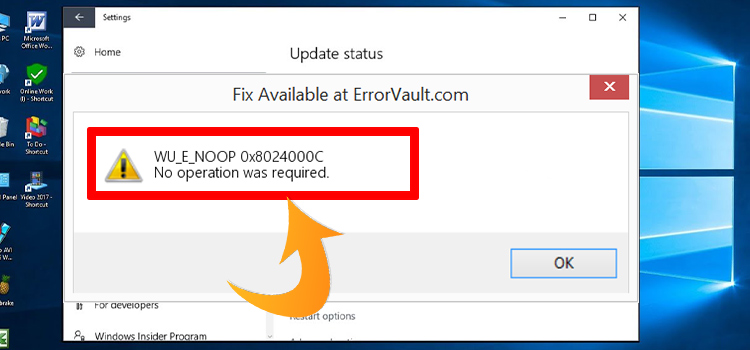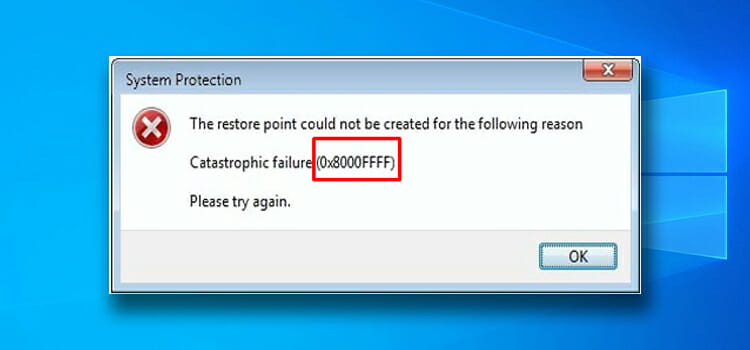Exploring the User Experience of Popular Crypto Wallet Apps
Crypto wallets allow people to securely access and manage digital money and assets. As crypto becomes more popular worldwide, these wallet apps need great user experience to drive wider adoption. This article looks at the user experience of leading crypto wallet apps. We review key areas like design, features, safety, help options, and user reviews that shape how easy and pleasing wallets are to use overall.
By comparing wallets to best practices and finding strengths and weaknesses, we aim to move forward in wallet interface quality. Improving these use factors will be critical as crypto wallet use grows globally across consumers and businesses in the coming years.

1. Design and Interface
An online crypto wallet user interface design must balance visual appeal, simplicity, and useful displays. The branding, site navigation, and page elements should let users easily check balances and transaction history and make transfers without hassle.
Top wallets effectively structure account dashboard views to highlight key details like portfolio balance while still providing access to complete activity records. Supporting both light and dark viewing modes suits different user preferences. Clean brand logos and colors establish professional credibility, departing from crypto’s past outsider image.
As wallets add features like crypto-to-cash transfers, interface displays should use recognizable shopping cues like carts while keeping crypto terms. Biometric login options enhance security without excess complexity. Wallet interfaces should work smoothly across desktops, phones, and tablets to provide flexible access avenues aligned to user needs.
2. Features
As blockchain ecosystems progress, crypto wallets must provide users with a consolidated yet tailored gateway to tokenized services. The basics involve supporting major cryptocurrencies like Bitcoin and Ethereum as convenient on-ramps alongside stablecoins for minimized volatility:
- Support major cryptocurrencies – Bitcoin, Ethereum, Cardano, Solana, Polkadot, etc.
- Access to the latest altcoins and tokens across multiple chains
Integration with hardware wallets such as Ledger and Trezor affirms commitments to user security by facilitating safe offline storage. Tax automation further streamlines regulatory obligations associated with crypto usage and oversight in varying jurisdictions.

However, the most forward-looking wallet apps offer specialized access points to decentralized finance, Web3 capabilities and beyond. For DeFi, built-in DEX swapping, yield farming modules, and non-fungible token galleries with metaverse interactivity expose self-custody benefits in managing and growing diverse digital asset holdings.
- Decentralized finance utilities:
- Trading and swapping crypto assets
- Liquidity pools and yield farming
- NFT marketplaces
- Stablecoin purchase
- Crypto-backed loans
Identity management also plays a powerful role, with user-controlled credentials enabling reputation portability across linked applications. Overall, crypto wallets must focus on not just currency support but strategically facilitating user journeys into the expanding decentralized economy intelligibly.
- Web3 capabilities:
- Tokenized assets
- Digital identity and reputation
- Decentralized storage
Onboarding lessons, progress incentivization, and social sharing functionality help novice consumers embrace blockchain advantages. As virtual worlds and tokenized ecosystems evolve, wallets become the password managers, app stores, and command centers for living Web3. Thus, wallet feature expansion must cater to user needs at each adoption wave, with education and security at the core.
- Security features:
- Private keys, seed phrases
- Multisig authorization
- Biometric authentication
- Activity alerts
3. Safety and Privacy
Robust security measures in wallet apps establish credibility and reliability against threats like hacking leading to stolen assets. Advanced protections like requiring multiple sign-offs on transactions limit misuse. Offline cold storage on hardware devices reduces online attack risks. Decentralized identity enables privacy-preserving yet verified asset transfers tied to user-controlled IDs.
End-to-end data encryption contains impacts if systems are breached. Key recovery options let users restore access after hardware failure or memory lapses rather than losing holdings forever. Security effectiveness transparency via audits and reports builds user trust. Responsible disclosure policies welcome ethical hacker input to resolve software vulnerabilities before criminals exploit them. For both wealth growth and community treasury management, uncompromising wallet security is non-negotiable as crypto permeates the finance and technology realms.
4. User Support
Despite growing use, crypto interfaces remain challenging for many consumers unfamiliar with blockchain mechanics or asset value influences. Thus, wallets must provide extensive yet understandable user education alongside technical assistance.
Self-help resources like knowledge base articles, videos, and community forums foster peer knowledge sharing to increase crypto accessibility. Chatbots handle common questions instantly, while human agents tackle complex issues. Educational courses and in-app micro-lessons during transactions build literacy from wallet setup to decentralized finance utilization to NFT marketplaces.
Grassroots workshops and accelerator programs spur crypto fluency for both early pioneers and mainstream newcomers through multiple learning channels. As digital assets integrate globally, proactive educational investment must continue expanding crypto understanding and utility for society participants near and far.
5. User Feedback
Customer product ratings and reviews offer invaluable feedback for enhancing experiences and addressing shortcomings. Both positive testimonials and constructive criticism should inform improvements. Enlisting internal user researchers and independent testers uncovers usability pain points.
Design choices eliciting particularly negative user reactions warrant evaluation and community exchanges to align on priorities. Mature wallet providers track feedback openly while staying true to their brand vision, validating through research and then phasing updates to smooth disruption. Aspects like perceived corporate ethics also indirectly influence user sentiment despite not being software-specific.
Thus, constant customer feedback intake fuels iterative crypto wallet app upgrades rooted in diverse user needs amid exponentially evolving blockchain capabilities and real-world developments.
Conclusion
As crypto advances from a speculative asset to integral in personal and business applications, wallets’ expectations for delivering streamlined, trustworthy, and easy-to-grasp experiences rise. Brands excelling across visual charm, features, safety, and education while transparently improving based on user input will lead the way as tokenized digital value spreads globally.
In parallel, maintaining high ethical standards around decentralized tenets, regulations, eco-impact, and support also shapes reputation and trust for longevity. Continual investment in scalable security and blockchain interoperability remains essential as asset classes multiply.
By evaluating and enhancing wallet user experience factors through an empathetic lens while envisioning future adoption drivers, mainstream embracing of cryptocurrency foundations can profoundly transform institutional and grassroots services for the better worldwide thanks to enhanced transparency, access, and user control over value flows.
Subscribe to our newsletter
& plug into
the world of technology




